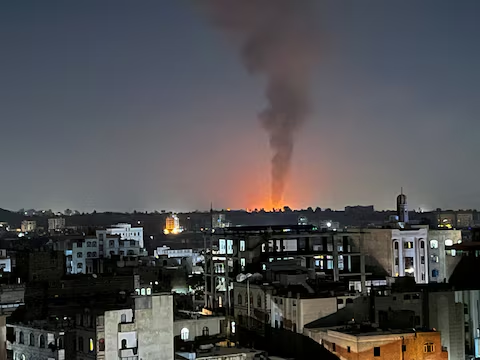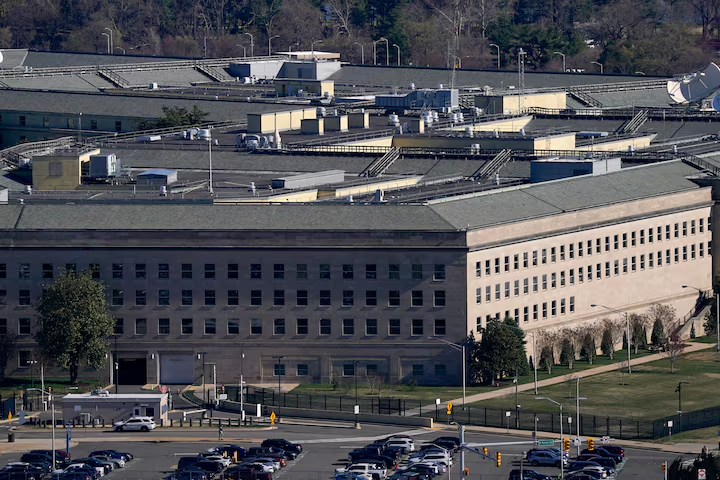On May 6, 2025, the United States and Yemen’s Houthi rebels entered a ceasefire agreement brokered by Oman, marking a significant development after months of hostilities that had disrupted global shipping and heightened regional tensions. This truce followed U.S. intelligence reports indicating that the Houthis were seeking an “off-ramp” from the conflict after enduring seven weeks of intensive U.S. airstrikes.
Background of the Conflict
The conflict escalated in late 2023 when the Houthis, expressing solidarity with Palestinians amid the Gaza war, began targeting international shipping routes in the Red Sea and Bab al-Mandab Strait. These attacks prompted the U.S. and its allies to launch Operation Prosperity Guardian, a campaign combining naval escorts and airstrikes aimed at degrading the Houthis’ offensive capabilities. Despite these efforts, the Houthis demonstrated resilience, continuing their assaults on maritime targets.
Ceasefire Negotiations and Terms
The ceasefire negotiations were facilitated through indirect talks in Oman, involving U.S. Defense Secretary Pete Hegseth, envoy Steve Witkoff, and Houthi negotiator Mohammed Abdulsalam. Under the agreement, the Houthis committed to halting attacks on U.S. vessels, while the U.S. agreed to cease its airstrikes in Yemen. However, the Houthis clarified that this ceasefire did not extend to Israel, and they would continue operations against Israeli targets.
Regional Implications and Reactions
The ceasefire has had immediate effects on regional dynamics. Approximately 200 seafarers stranded off Yemen’s Ras Isa port began preparing to offload cargo and depart, alleviating some of the maritime disruptions caused by the conflict. Egypt’s Suez Canal Authority also announced a 15% discount on transit fees for large container ships to attract trade back to the canal, which had seen a significant revenue decline due to the conflict.
Iran welcomed the cessation of U.S. attacks on Yemen, viewing it as a positive step towards regional stability. Conversely, Israel expressed concern over the exclusion from the ceasefire, with Defense Minister Israel Katz warning of heavy retaliation if Houthi attacks continued.
Ongoing Challenges and Outlook
Despite the ceasefire, challenges remain. On May 13, 2025, the Israeli military intercepted a hypersonic ballistic missile launched from Yemen, claimed by the Houthis, targeting Ben Gurion Airport near Tel Aviv. This incident underscores the fragility of the ceasefire and the potential for renewed hostilities.
Analysts caution that while the ceasefire provides a temporary respite, the Houthis’ capabilities remain largely intact, and their willingness to continue attacks on Israeli targets could reignite broader conflicts. The situation necessitates ongoing diplomatic efforts to address the underlying issues and prevent further escalation.
In summary, the U.S.–Houthi ceasefire represents a strategic pause in a complex conflict with far-reaching implications. While it offers immediate relief to affected maritime operations and signals a potential shift towards de-escalation, the exclusion of Israel from the agreement and the Houthis’ continued hostilities highlight the need for comprehensive solutions to achieve lasting peace in the region.
Source: Reuters



